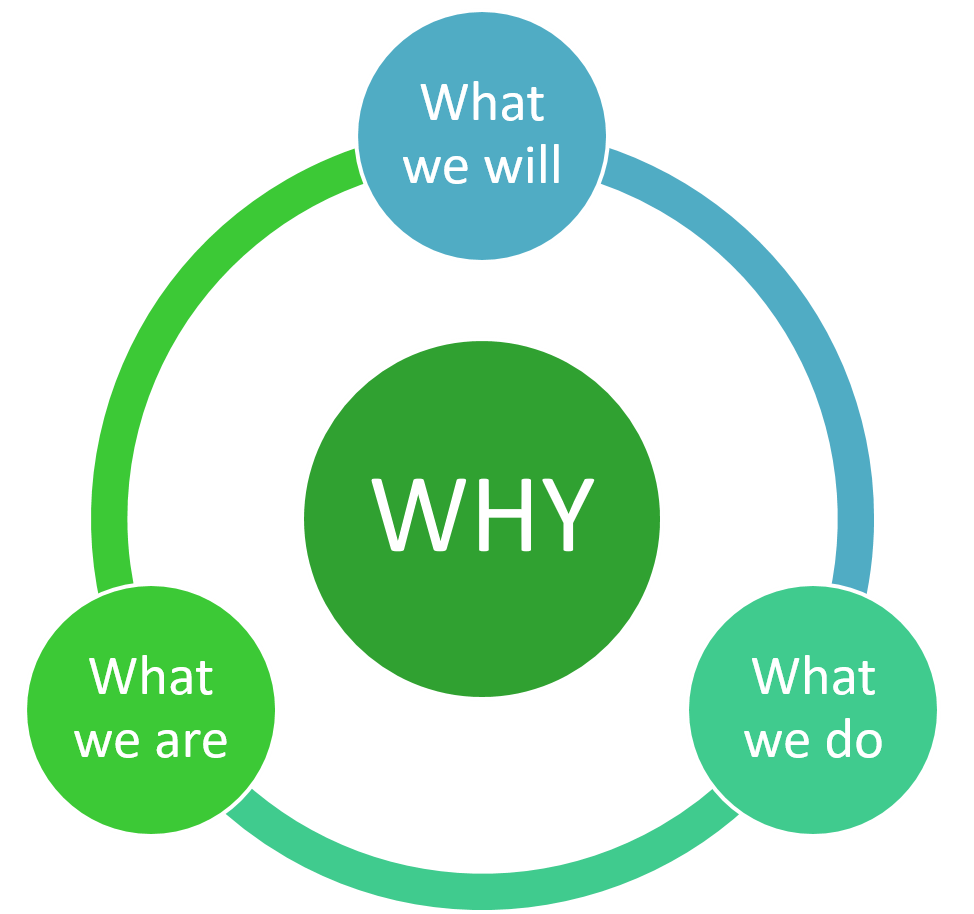Modern people leadership – part 1: The framework
By Erik Korsvik Østergaard, 17. March 2019
Modern people leadership (that is, leading a team, a project, a department, or similar that involves collaboration and dialogue) requires that you know your framework, and your rhythm.
This is the first part of a two-piece blog post about modern people leadership, describing the frame for your work and collaboration. The second part is about the rhythm and daily mechanisms of modern people leadership.
The foundation of modern people leadership in teams
Each team or group of people that are gathered to collaborate must have a set of landmarks and foundation elements in place. The modern leader is obliged to make sure, that what you are, what you will, and then what you do are clear to all team members.
Here is my simple framework for making sure, that these building blocks are in place. This framework applies to classical, functional teams, to project teams, and operational teams too.
The tool is designed as a list of questions, that you should answer as a team. The result is a list of answers, that can be used for communication, for prioritization of tasks, and for ensuring that you are doing the right things right.
- WHY are you here?
- WHAT are your goals?
- WHO are you?
- HOW do you plan to get there?
WHY are you here?
- What problem are you solving? Or what opportunity are you exploiting?
- Who will it benefit? How will it benefit them?
Use the Impact Stories as a good way of describing it: We so that can .
Try asking the same question to your sponsor or steering committee, to let them describe their perception of the task. Don’t do it to expose their disagreement or lack of understanding, but to make sure – in a safe and trustful manner – that we all understand the task the same way.
WHAT are your goals?
- When is the problem solved?
- What is the expected output?
- What is the expected outcome?
- When are we done? And what is the definition of done?
Producing a piece of software is an output. Making sure that the software is useful and is used by the right people in the right way to solve THEIR problem is the outcome.
Make sure to describe this in a way, that justifies the investment in peoples time and the organizations resources (note, people are not resources, they are people): What is the measurable outcome and impact? New ways of working? Happier employees? Better financial health? Professional relationships? Better customer experience?
And then: Do we agree, that we close the project, when (and only when) the problem is solved?
WHO are you?
- Are you the right people to solve the problem?
- Do you have the right competences?
- Do you have time and bandwidth to be part of the team?
- Do you really want to join in and be part of the team, and solve the problem?
- Do you understand your individual personal styles and ways of working?
- Do you have proper relationships with each other?
And related to the output and outcome:
- Who are your stakeholders, partners, vendors, and other collaborators?
- Who are your change management agents and influencers?
- And who are the people and departments, that your work will impact?
Are you really the ones, that are best fitted to solve the problem? Take a look at “the pizza model” to understand what skills that are needed – and what skills you have in the team – to see if there is a gap.
Use one of the many psychological profiling approaches (DiSC, Insights Discovery, Whole Brain, Hogan etc.) to get to know yourself and your team, and to understand your communication and collaboration differences.
Also, take a look at the “blast radius” to create a map of your impact.
HOW do you plan to get there?
- What is the shared plan for your work? What are the activities, and their dependencies?
- What is your mandate?
- How much freedom do you want to have? And how much do you actually get?
- And how do you measure progress (both on output and outcome), and make sure that you are on the right path to solving the right problem?
Use e.g. the mechanisms from Agile and Scrum to create a shared, transparent and prioritized backlog. Use Delegation Poker to align expectations to your mandate and freedom.
Using the frame actively
Modern people leadership is about handling what we will (our intent), what we are (our identity), and what we do (our activities). The frame above is a nice platform for facilitating questions and answers, and for documenting the expectations to everyone. It absolutely helps you as a leader, also if you are the CEO.
Establishing the frame is a team effort and takes from a few hours to several days (maybe even weeks) depending on the maturity of the team – and the stakeholders. It’s not unusual that it’s actually the stakeholders, that are least familiar with this kind of thinking.
The frame should be revisited with a healthy frequency, maybe every 3 months, and definitely when major events happen, like technology changes, new/changed stakeholders, when the project changes phase, or when new team members join.
The next blog post describes the rhythm of modern people leadership in teams.
Want to know more?
Send me an email
and I’ll get back to you!
Looking for a thought-provoking speaker
with knowledge of the future
and how to turn it into daily life?
Do you need input on how to get started?
Take a look at at our categorized toolbox here
– it’s all free







